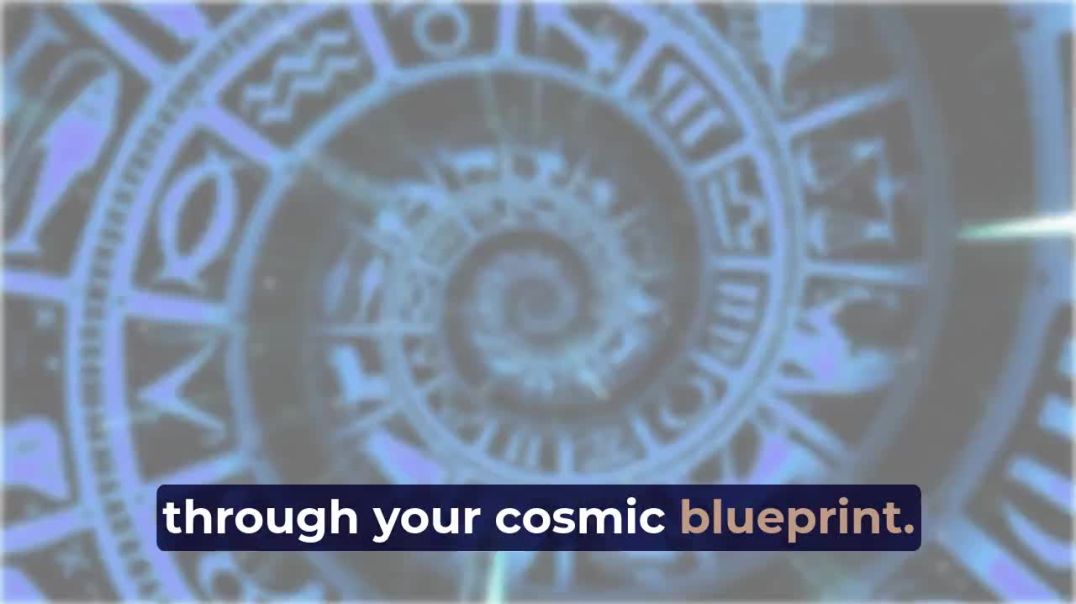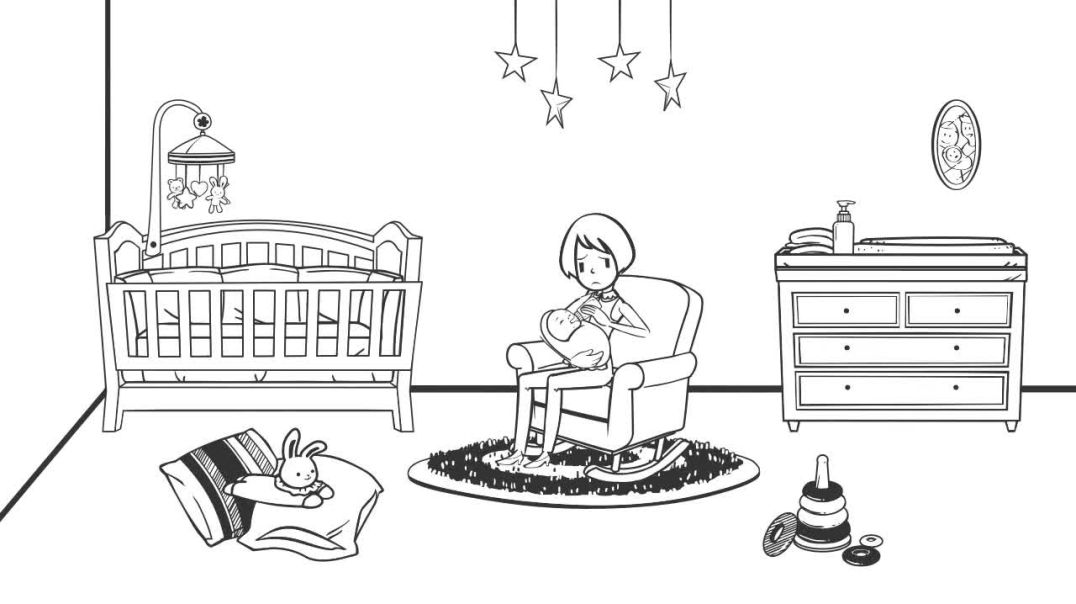2 Views· 06 October 2022
Normal Vaginal Childbirth and birth Canal
Traumatic brain injury from Induced labor and autism.
During pregnancy, the baby is held securely inside a mother’s uterus for the full term of the pregnancy, by the strong muscular wall of the lower end of the uterus called the cervical canal. The fluid-filled membranous amniotic sac protects the baby from external trauma of any kind. When the baby is ready to be delivered, occasional minor contractions begin causing the strong muscular cervical canal to start to thin out. The amniotic sac may rupture, which typically brings on active labor, characterized by stronger contractions at a higher frequency.
During birth, once active labor begins the cervical wall begins to thin out rapidly in a continuous feedback loop process of contractions and cervical effacement. In a normal delivery, the cervical wall takes anywhere between 15 minutes and 3 hours to efface and eventually disappear,
However, in some mothers, the cervix is not ready and none of these processes begin even after the due date. In some others, they begin and then get stuck in the middle. This might be due a natural protective mechanism in the mother to protect the fetal brain from damage. When the cervical wall is not ready to efface, contractions do not begin or back off, so that they do not damage the baby's head and brain by hammering it against a rigid cervical wall.
However, modern oxytocin-based labor induction does just the opposite. It brings on strong contractions even when the cervix is not ready to efface. This results in brain damage to the baby by strong contractions hammering the head against a non-effacing cervix. When induction is pursued for long hours in such cases, the cervix wall might eventually dilate, but the baby is significantly brain damaged by then. When cervical dilation finally reaches 10 centimeters after prolonged induction the next pushing phase is reached.
Here as the baby pushes through the birth canal passing through the maternal pelvic bones, the head and brain are subjected to a big squeeze. The squeezed head deforms to take on a conical shape. This is especially the case for the first child of a new mother. Such deformation from the squeeze actually has the effect of blotting out any scarring and damage in the previous phase, preventing it from showing up on MRI scans. Thus, the pushing stage effectively erases any brain damage from MRI visibility.
Unfortunately, such traumatic damage to the brain is fairly permanent and the damage to brain white matter and the blood brain barrier have further negative effects as the baby grows up, resulting in neurodevelopmental disorders we call autism.
Visit autismpi.org (autism PI dot org) to learn more.
copyright by Dandelion Team
facet joint
https://youtu.be/NAoCXfI0G28
Dental treatment
https://youtu.be/NAoCXfI0G28
bathroom hairbrush 3d explainer video
https://youtu.be/Wwe01xozfM4
How your body turns food into the poo Human digestion system in human beings
https://youtu.be/HXrl37BC3QU
laparoscopy 3d animation
https://youtu.be/xDssPEWO8Qw
food digestion the story of how your food ends up as a poo 3d medical animation|dandelion team
https://youtu.be/TPdQKcFuhPI
coronary angiogram Micro Needle|3d medical animation|sample use only
https://youtu.be/sRGMJhit4h0
Derma skin 3d modeling medical animation
https://youtu.be/3uwjb2pyZas
4 Common questions about the corona virus|3d medical animation|dandelion team
https://youtu.be/UHYXuW3a4h8
heart valve replacement 3d medical animation|sample use only|dandelion team
https://youtu.be/9L9i59eY5Zg
copyright by Dandelion Team



























0 Comments